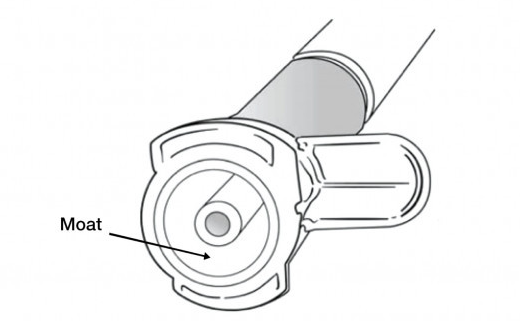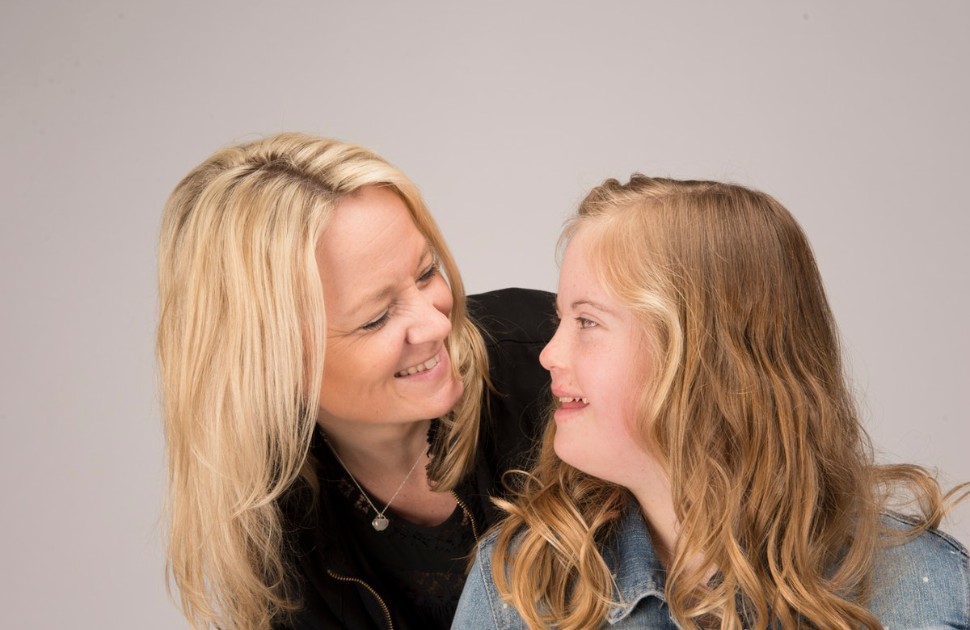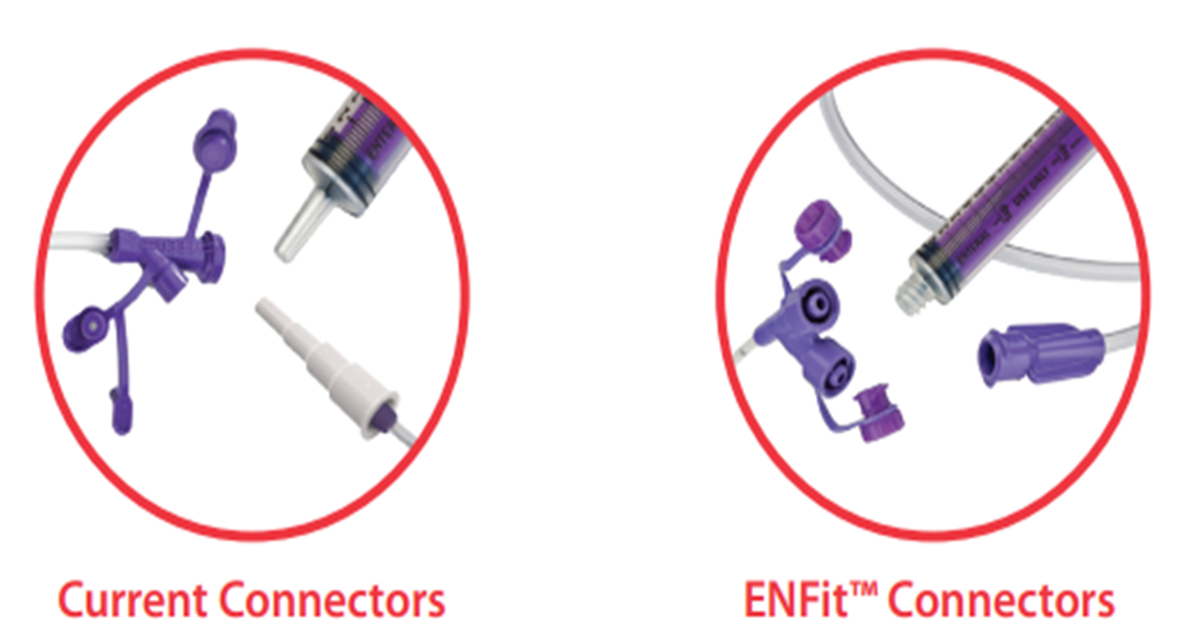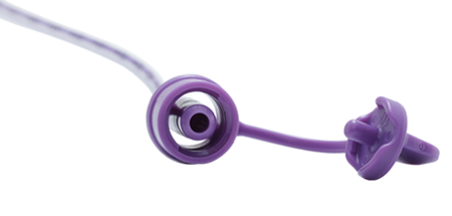
For best results make sure background graphics are enabled.
What is ENFit?
Why is CHEO transitioning to ENFit? |
Did you know? The transition to ENFit in pediatrics has been prepared in collaboration with pediatric institutions throughout Ontario. CHEO is the first children's hospital in the province to convert to ENFit!
|
What's the difference? |
|
Why was ENFit created?
- ENFit was created to reduce the risk of misconnections. Over the years, misconnections have caused serious harm, and in some cases death, to people of all ages.
- The current legacy connectors have a risk of disconnection from medication and feeding ports. Disconnections can lead to children missing hours of feeds.
ENFit Gastrostomy Tubes |
|
CHEO’s surgical team is exploring new G-Tubes and G-Tube insertion techniques. The Kidcare Pharmacy will carry ENFit low profile devices (Mic-Key and AMT Mini) G-Tube primary series will remain as a cook/pigtail catheter, and will require a transition connecter for use |
NEOMED PVC Feeding Tubes |
|
|
How much do supplies cost? |
|
ENFit supplies are comparable in cost to legacy connecters and can be purchased through most vendors and distributers.
|
ENFit cleaning: inspect before you connect
While the ENFit design maintains a secure connection, it does create a space, called a moat, where feeds and medications can get trapped.
Enhanced cleaning practices are required to prevent residue from building up in the moat.
To prevent clogging, it is important to keep the moat clean. The moat should be cleaned every 24 hours or whenever material is visible.

Cleaning tips |
|





 ENFit uses a twist-in connection rather than the friction-held legacy connectors
ENFit uses a twist-in connection rather than the friction-held legacy connectors